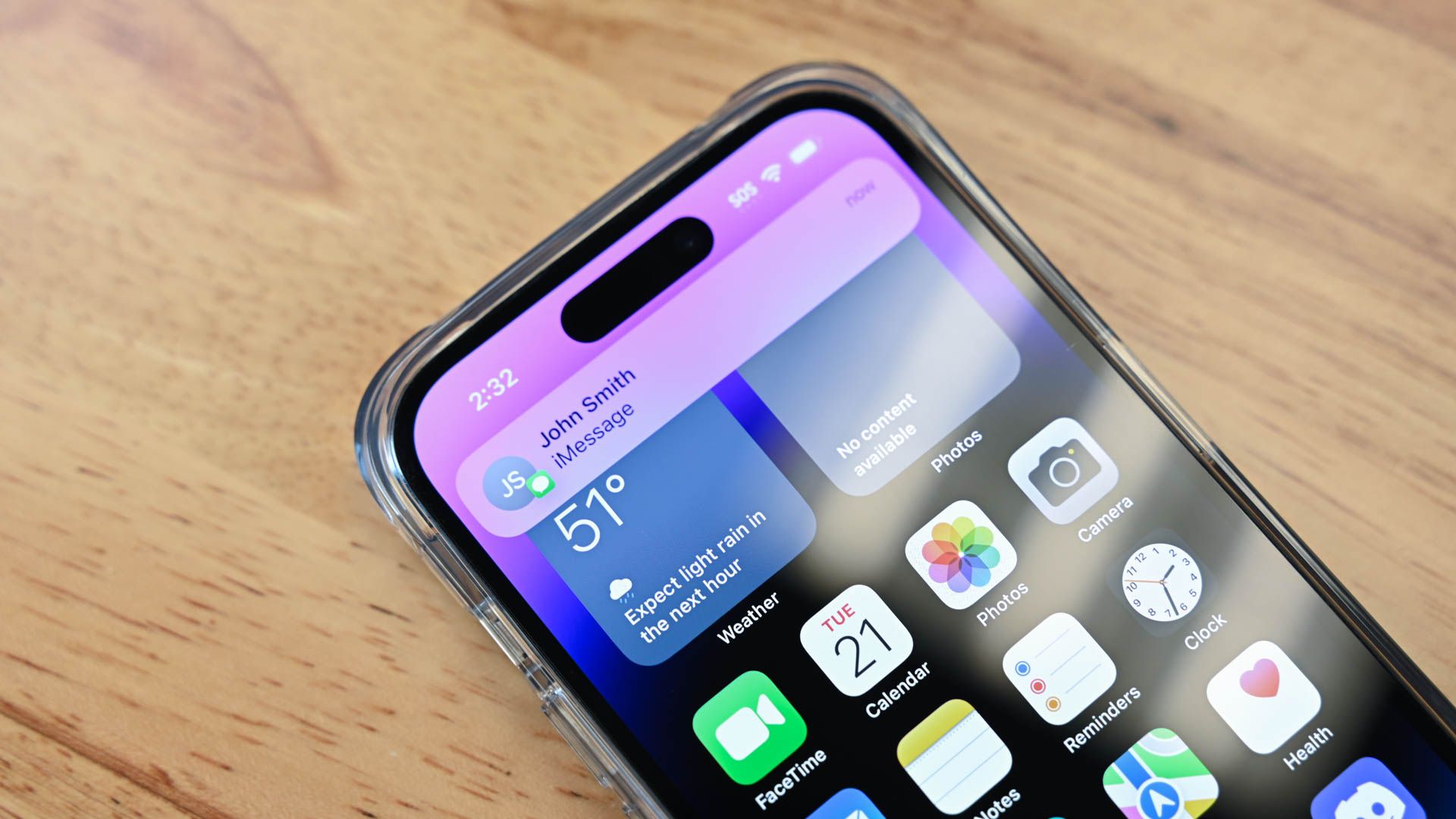
Secure Your Communications with Apple's Advanced PQ3 Shield Against Quantum Decryption Threats

Secure Your Communications with Apple’s Advanced PQ3 Shield Against Quantum Decryption Threats
The upcoming iOS 17.4 update brings PQ3 encryption to iMessage. This cryptographic protocol anticipates future threats that may arrive in the era of quantum computing. In theory, the PQ3 implementation makes iMessage the most secure messaging platform in the world.
iMessage was one of the first mainstream messaging platforms to implement end-to-end encryption (E2EE) by default. When a message is protected by E2EE, it’s turned into a mess of gibberish that can only be decoded by a set of cryptographic keys. The message’s sender and recipient are the only ones who own these keys. If a hacker intercepts your message, or if an Apple employee decides to invade your privacy, they’ll be met with an unreadable string of text.
Cryptographic keys are based on math problems that today’s computers cannot solve. But security experts believe that quantum computers, which do not exist yet, will solve these classical math problems. Hackers and governments may prepare for this development by collecting and storing encrypted data for decryption at a later date—a so-called “Harvest Now, Decrypt Later” scheme that would retroactively compromise E2EE messages.
Therefore, a protocol that defends against quantum attacks needs to exist before we enter the era of quantum computing. Signal introduced such a protocol, called PQXDH , back in September 2023. Apple is now doing the same with PQ3 in iMessage.
Like Signal’s PQXDH protocol, PQ3 is a “post-quantum cryptography” method that uses new algorithms to generate keys. These algorithms—math problems—should be too difficult for quantum computers to solve. Apple’s method provides an additional layer of protection by regularly generating new keys with “PQC rekeying,” meaning that only one portion of a conversation will be compromised if a key is cracked.
The PQ3 method also retains the protections of “classical cryptography,” specifically E2EE. And iMessage is still protected by Contact Key Verification , a security protocol that prevents hackers from impersonating a message’s sender or recipient.
There isn’t a standardized way to rank cryptography methods in the post-quantum era. So, Apple has created its own ranking system which designates E2EE as a “Level 1” protection method. Signal’s PQXDH implementation is “Level 2,” while Apple’s PQ3 is “Level 3” because it utilizes PQC rekeying, which is currently unique to iMessage.
Post-quantum cryptography will be enabled by default in the iOS 17.4 update, and it’s already live in the 17.4 beta. For additional details on PQ3 in iMessage, check out Apple’s blog .
Source: Apple
Also read:
- [Updated] 2024 Approved Unmatched Visual Transformation Toolkit
- [Updated] Refine and Revamp Your YouTube Clips Using WM Maker for 2024
- 2024 Approved The Ultimate iPhone X Handbook for Users
- Easy Guide: Brother MFC-7360N Printer Drivers for Windows 11, 8 & 7 - Free Download
- Effective Strategies: Resolving Issues with iTunes Match
- Engaging Audiences with Strategic Language Choices
- Essential Steps To Resolve Difficulty Logging Into Apple Account - An Expert Approach
- Exploring the World of XSPF: What This Audio Streaming Format Entails and How to Enjoy Its Content
- How to Factory Reset Nubia Red Magic 9 Pro+ If I Forgot Security Code or Password? | Dr.fone
- How to Recover or Reset Your Lost iPhone Passcode Easily
- New In 2024, How to Make a Meme (Step by Step)
- Resolving iTunes Error 9: Comprehensive Guide to Hardware & Software Fixes
- Solving the Issue: Why Does Facebook Messenger Keep Closing Unexpectedly and How Can You Resolve It?
- Tailored Training Blueprints with Machine Learning Help
- The Complete User's Manual to Enhance Your iPhone with HDR Features
- Top Free Solutions: Converting MKV Files Into MP4 Format Both On & Off the Web
- Troubleshooting iPad Touchscreen Issues on iOS Versions 11, 10, 9 & 12
- Troubleshooting iPhone SIM Card Issues: How to Resolve the 'Not Valid' Error Message
- Troubleshooting Steps: Resolving Issues with Non-Responsive Apple Maps
- Title: Secure Your Communications with Apple's Advanced PQ3 Shield Against Quantum Decryption Threats
- Author: Daniel
- Created at : 2024-10-05 09:44:58
- Updated at : 2024-10-11 19:06:03
- Link: https://os-tips.techidaily.com/secure-your-communications-with-apples-advanced-pq3-shield-against-quantum-decryption-threats/
- License: This work is licensed under CC BY-NC-SA 4.0.